
The festival of Holi is full of with many variations, so it cannot be called a festival of colors only. As soon as the name of Holi is heard, the name of color, gulal, dish and cannabis comes to mind. Several types of dishes such as Guzhea, Matthi and Thandai are also made on Holi. Without the cannabis, the celebration of Holi remains incomplete. But without the cold canvassing Holi festival is considered incomplete, so do you know what is the relation of cannabis with Holi’s? So that there is no shortage of this Holi in your fun.
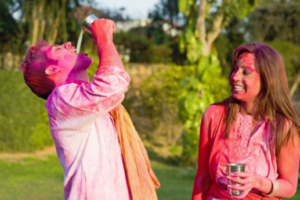
Drinking cold drink of cannabis in Holi is considered to be part of Hindu culture. In Hinduism, read about the cannabis in many places, someone joins it with Shiva, then it is by its addiction and excitement. Holi festival is such that people forget about gil-teachas and start with happiness.
Not toxicity, cannabis sacred medicine
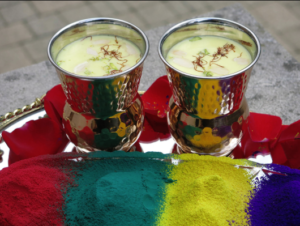
Among the five trees in Atharvaveda which are considered the most sacred, the cannabis plant is also included. According to this, the deities reside in the leaves of cannabis. Atharva Veda gives it the status of ‘happiness’ and ‘liberating’ vegetation. According to Ayurveda, the cannabis plant is full of medicinal properties. In addition, in the Greek medicine system, it is considered to be a drug for problems related to nervous system.

However using it more can be dangerous. According to Sushruta Samhita, who was composed before 6th BC, cannabis is helpful in keeping the digestion correct and improving appetite. Its use in Ayurveda is so common that the Indian Bhang Drug Commission formed in 1894 called it ‘Penicillin’ in Ayurvedic medicines.
Cannabis associated with Lord Shiva
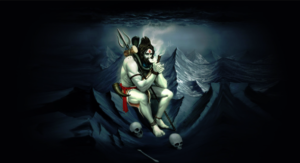
One of the three main deities of Hinduism, see Shiva connecting people with cannabis. According to Kivanditi, Shiva once talked to the family on some matter and he left the house. During this time he wandered in a cannabis farm and spent the night sleeping there. Upon waking up in the morning, when hungry, they consumed some cannabis and began to feel more agile and refreshing in their own way than before. Because of this, he also joined Shiva’s offerings.
Before joining the battlefield, Sikh warriors also used to eat
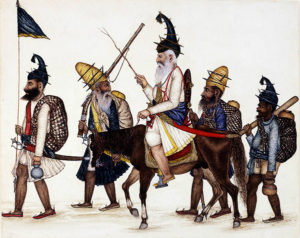
Sikh warriors also used to consume cannabis before going into the battlefield so that they could fight with full potential and they would not feel pain when injured or wounded. The glimpse of this tradition is seen in the Nihang cult of the Sikhs. Consumption of drugs in this cult is part of their religious rituals.
Bhang is also Famous in Bollywood too

The famous song of the 70s, Bhole Shiv Shankar, Kanta Lagna Ne Kankar, which is the drink of the name Teela … … will be remembered. The cannabis was linked to Lord Shiva. Simply put, if you drink cannabis, then you may also find fork or skeleton in the foot, then the pain does not seem to be known. In the same way, look at Rang Barse Bhige Chunar’s song, in which the diamonds are not aware of the cannabis in which he is jumping with. On the occasion of Holi, a bit of credit to make the cannabis popular goes to Bollywood.
Cannabis and revolution of 1875
A relation of cannabis is also associated with the Revolution of 1857. It is believed that Mangal Pandey had played the role of a cannabis behind the rebellion in the Barrackpore Cantonment. When he was being sued for revolt, he had accepted the ‘eating of cannabis and then eating opium’. He also claimed that at the time of the rebellion he was not conscious what they were doing.
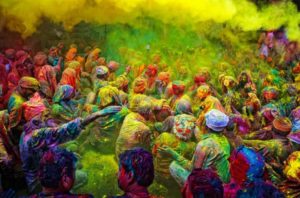
When the British came to India, they were surprised to see how cannabis intake is common here. In fact, in the West it was a belief that humans can be made by consuming cannabis or its products like hemp. For the confirmation of this belief and documentation of the use of cannabis in India, the British Government had constituted the Indian Bhang Drug Commission. The Commission had to prepare a report on the cultivation of cannabis, procedures for the preparation of narcotics, their business, the socio-economic effects of their use and its methods of prevention. For this work, medical experts had conducted more than one thousand interviews all over India. The Commission had prepared its report in full scientific manner by forming a large sample size.
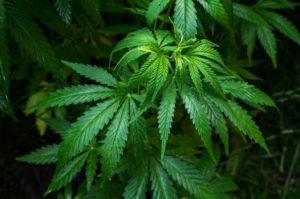
When this report was prepared, surprisingly, its conclusions were very positive about the use of cannabis. Madness is very distant thing, its restrained consumption is harmless. Alcohol is more harmful than cannabis and hence there is no reason to ban cannabis. The last conclusion of this report was that any kind of ban on cannabis could be a cause of trouble and widespread dissatisfaction across the country.
Cultural and religious significance
In the report of the Commission, cultural and religious significance of cannabis was also discussed. It was said in the report that one of the three main deities of Hinduism, Shiva, is associated with cannabis or beans formed by it. It is said that Shiva is an extrovert. The Commission also believed that there is enough evidence in front of him that the use of cannabis and its other products in Shiva’s worship system is widely used. According to this report, the maximum consumption of cannabis takes place during Holi, there is enough evidence of that during Holi, almost all the people consume cannabis.
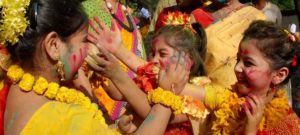
However, in cities nowadays, liquor has been replaced by cannabis and other types of drugs. However, when Holi arrives, the color of dissolve is the highest. This affirmation also comes from the lines of the Indian Bhang Drug Commission’s report … ‘This festival of spring is still associated with cannabis, and it does not seem that this relationship is going to end in the future. . ‘
(Shikha Sandhir )






